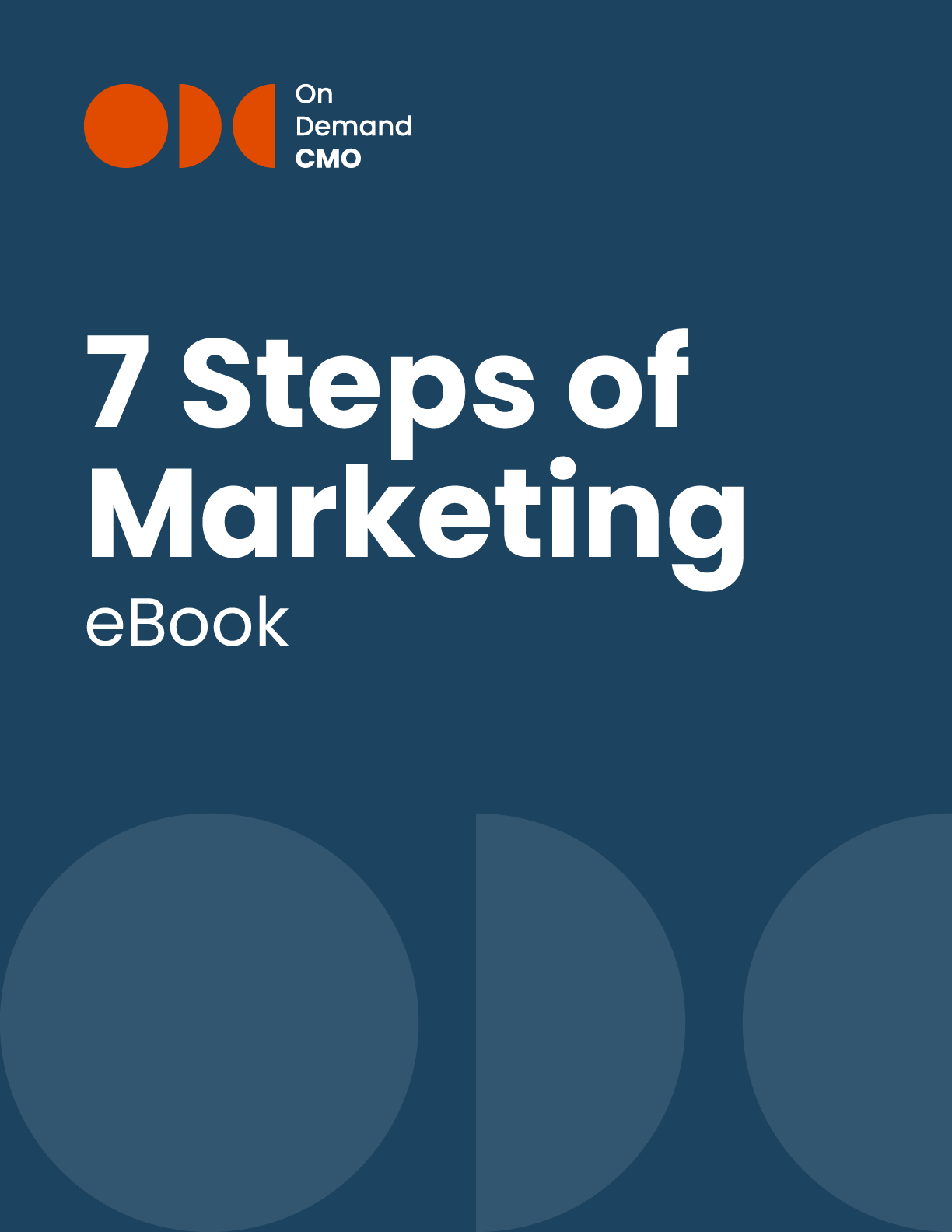
I’ve written many times about how you need to have a plan when it comes to your content marketing strategy. “Come up with a plan”, however, is great item to stay on your to-do list until the end of time. Therefore, I’m going to break down and itemize each step to help you turn your content marketing strategy into a real strategy, and not just an expensive experiment.
I don’t mean “spend some time thinking about this in the shower”. I mean spend some time in front of a whiteboard with your team. Your plan should lay out all of the key points of your strategy at startup, the one month, and one year point. The plan for your content marketing strategy should lay out your investment budget for startup and maintenance. You also need to plan the research required to determine who your target audience is.
Once you’ve established this, you must research their online habits, including preferred platforms and ways of consuming and interacting with media. You need to commit in writing to what kind of content you will create, how this supports your sales goals, and how you will measure success. “Ask the intern to do it” does not cut it. In fact, DO NOT bring on an intern if your only intention is to get someone to “do social media” for you for free. (Read more here about when it’s appropriate to get an intern.)
Once you’ve delegated or hired someone to handle your content marketing, be sure that that person or team has a strict publishing schedule to help them create content. It is simply not enough to ask someone to “publish a blog post or two when you can”. That’s a recipe for a ghost town blog and wasted resources. You should determine ahead of time how often you will create and publish, and adjust as appropriate.
Whether you are writing a blog post, shooting video, recording a podcast, or updating a social media feed, you need to keep your sales or branding goals at the forefront at all times. Gathering likes and shares for the sake of gathering likes and shares won’t budge your bottom line an inch. If you can’t plan for, measure, and demonstrate how your content is providing a return on your investment, then you should assume that it isn’t.
It is always a good idea to be familiar with the ins and outs of the platform you are using for your content marketing strategy before you try to publish. This might mean hiring someone with expertise in the platform or running some test publications set to private. This prevents potentially embarrassing or costly mistakes. (I’m looking at you, Sean Spicer.)
You should also do some research on optimal times to publish to reach the largest segment of your audience possible. For example, many companies tweet and publish blog posts between 8 and 10 am to coincide with people’s commute schedules, when they are more likely to be checking their phones. Many companies also neglect to repost their own content at regular intervals. Some suggest sharing a blog post link to Twitter, for example, three times: the day it is published, one day after, and one week after. Many platforms run on algorithms, Facebook most notably, that prevent your posts from showing up in the newsfeed of all of your followers. Re-sharing helps mitigate those losses without having to pay to boost or spotlight your posts.
As I said before, if you cannot demonstrate exactly how your content marketing efforts are affecting your bottom line, they probably aren’t. Use the benchmarks and goals established in your content marketing strategy to measure your plan’s success and shortcomings. Once again, shares and likes mean nothing if your plan doesn’t specifically call for shares and likes, and detail how they will bring in more business. It’s not a bad idea to create a monthly report detailing your content marketing benchmarks, your progress from previous months, and your return on investment.
To create an effective content marketing strategy, it is necessary to plan, create, publish, and measure your efforts.

OnDemandCMO has authored 7 Steps of Marketing, the only marketing guide book you’ll need to either get your marketing started properly, or stay on track strategically.
It features best practices on branding, messaging, social media, lead generation and much in between.
Please let us know who you are, and we'll share a few of our secrets (we don't sell or trade your info)!